
A wonderfully fragrant native shrub, western spicebush is an open, deciduous shrub that tolerates part shade and is deer resistant. Burgunday flowers bloom late spring to early summer and smell... more->
We spent 13 years building an abundant fruit forest, annual veggie beds, perennial medicinal herbs, and a healthy mixed hardwood-coniferous forest and now we've sold our property to the next stewards so that we can begin a new homesteading project in Vermont closer to our best friends and their kids.
Don't worry - we plan to keep this website up and running so that our customers can reference what we've written about our plants!
We'll let you know once we re-start a farm in Vermont!

A wonderfully fragrant native shrub, western spicebush is an open, deciduous shrub that tolerates part shade and is deer resistant. Burgunday flowers bloom late spring to early summer and smell... more->
Black twinberry, native to Oregon, is an excellent hummingbird plant. This deciduous shrub can grow up to 6 feet tall and 10 feet wide. It can grow in sun or part shade. Flowers are bright... more->
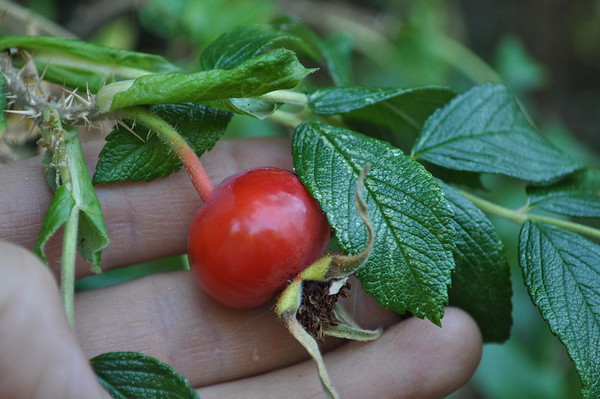
Rugosa rose is a suckering shrub native to Asia. It has large and beautiful blooms and the largest rose hips of any rose we know. The rose hips are high in vitamin C and can be eaten fresh or... more->

This is one of our favorite spring-producing plants. A biennial, Angelica shoots out of dormancy in winter and grows quickly to its full height, up to six or seven feet. In the parsley family,... more->
Native throughout most of the northern hemisphere, alpine strawberry is that amazingly sweet wild strawberry you remember from childhood. Small fruits pack superb flavor. Plants are vigorous in... more->
This aromatic and savory variety of oregano is native to the Middle East where it grows in abundance on the rocky hillsides. It's leaves are covered in fine grey hairs that help it conserve water... more->

Oregon stonecrop has glossy green leaves that look like little elephant toes. I think it has the best-tasting leaves of any native Sedum. more->
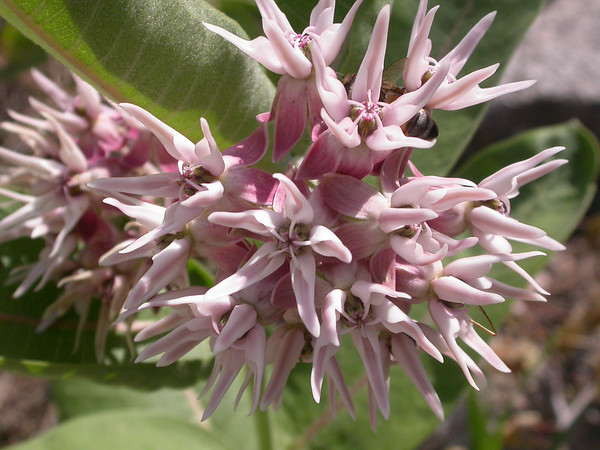
A gorgeous wildflower native to western North America, showy milkweed is a host plant for monarch butterflies. Pink and white fragrant flower clusters bloom on two or three foot stalks in mid-... more->
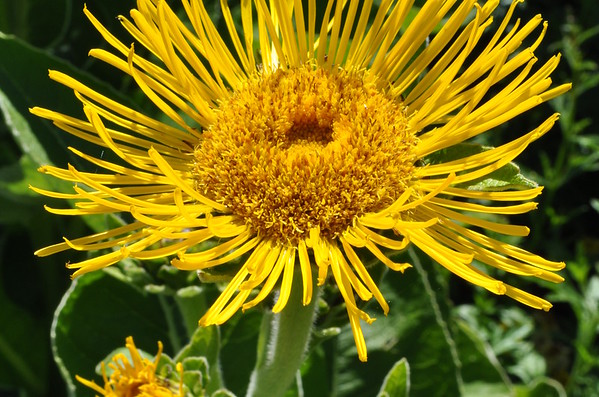
This sturdy herbaceous perennial bears giant leaves, stems up to 6 feet tall, and bright yellow flowers several inches across. Bees and other insects are always buzzing around to sip the nectar... more->
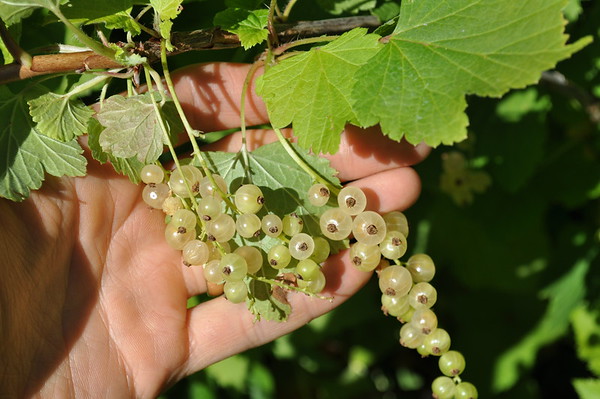
White currants are the sweetest of the European currants and White Imperial has great flavor. Almost all currant lovers that we talk to choose white currants for sweet flavor. These shrubs are... more->
Valerian is an herbaceous perennial with flowering stalks up to 6 feet tall, bearing tiny white flowers with a fragrance like honey. The musky sweet roots are used in tea or tincture as a nervine... more->
Native to moist and sunny meadows and slopes of the Pacific Northwest, this perennial herb makes a fine garden specimen. Bees and butterflies flock to its showy purple flower spikes held above... more->
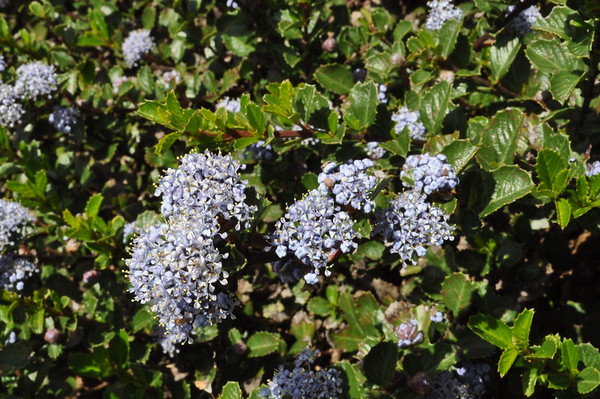
A broadleaf evergreen native to coastal California, this shrub is an excellent ground cover for sunny slopes, especially rock walls and rock gardens. It grows up to 2 feet tall and will grow 5-6... more->
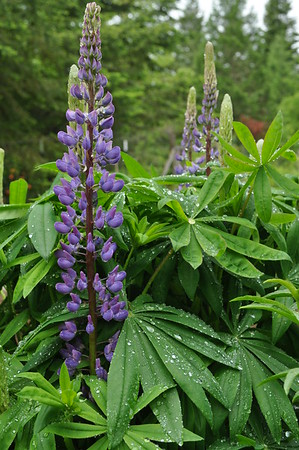
This perennial produces massive flowering stalks several feet tall that smell sweet and attract bees. Native to wetlands in the Willamette Valley and the Pacific Northwest, it performs really... more->

A beautiful wildflower, our native columbine blooms yellow and red. In garden soil and part shade, columbine may grow up to 3 feet tall and wide. Delicate flowers bloom in late spring. Great... more->

This low-growing oregano has beautiful golden leaves and a nice aromatic flavor for cooking. It prefers full sun, and loses its color in part shade. more->
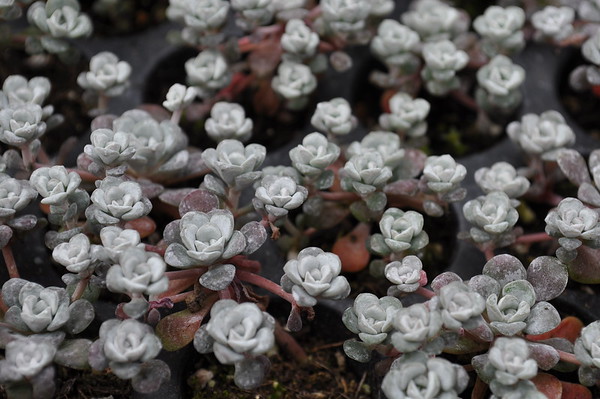
This grey-leaved and beautifully patterned stonecrop grows the fastest of any Sedum species in our gardens. The leaves are a bit more chalky and less palatable than the others, though.... more->

Common milkweed is very similar to our native showy milkweed, but native to eastern North America. This species is just as showy as the showy milkweed in our garden but a little more pink than... more->

This currant is native to the Northwest, growing along streams in partial shade. The delicate pink flowers bloom in spring and the delicious purple fruit ripens in early summer. It does not have... more->
Akebia is a twining deciduous woody fruiting vine. Unlike many fruiting vines, it is shade tolerant. Leaves are somewhat evergreen and young leaves may have a purplish hue. Vines can grow 20 to... more->

Blue blossom, also known as California lilac, is a fabulous showy broadleaf evergreen shrub. Lilac colored flowers bloom in mid to late spring and have a wonderful fragrance. Native to coastal... more->

This perennial produces gorgeous purple flowering stalks in full sun or part shade. A Willamette Valley native, it tolerates drought and poor soil with root nodules that fix nitrogen. Deer... more->
Blackcap raspberry is one of the most delicious native fruits in our area. It is also not well know because it is not as common as the wild blackberries. The blackcap is a cane fruit that grows... more->

Although some know it as California ginseng, elk clover, or spikenard, I think Oregon ginseng is quite fitting for a plant that inhabits shady, moist seasonal creeks in deep coniferous forests as... more->
We have grown this early fruiting variety for many years with success. We harvest lots of large sweet fruits starting in late May until near the end of June. Its easy to grow and prefers full... more->
Kalitera means "the finest" in Greek, and this oregano lives up to its name. It has a smooth flavor like marjoram without the spicy bitterness found in seed-grown oregano. It grows upright on... more->

Native to sunny meadows and dappled shade of open woodlands in the Willamette Valley, meadow checkermallow created a gorgeous display of light pink blossoms up to 6 feet tall. In the shade it may... more->
This native member of the sunflower family spreads quickly in poor soil with very little care and without summer irrigation. It has spreading blue-flowered aster blossoms late in the summer to... more->
'Grosso' is a hybrid Lavindin-type variety that has a dark purple bloom, grey-green leaves, and excellent fragrance fresh or dried. This variety is often used for commercial production because of... more->
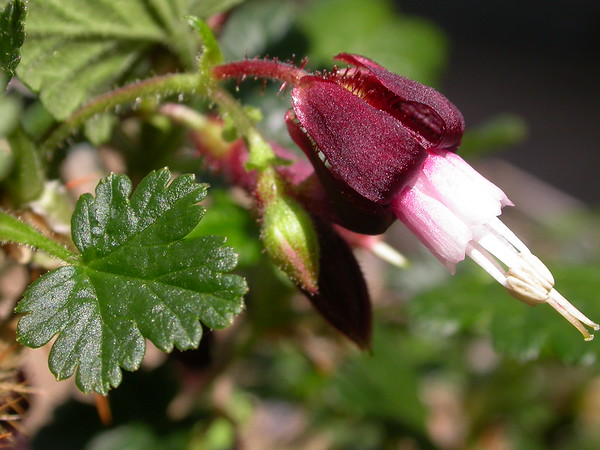
This prickly and upright gooseberry shrub is native to California and Oregon. It produces profusions of intricate red and white flowers that look like they are turned inside out. If you are... more->

One of the first flowers to bloom in spring, purple sweet violet flowers bring a subtle and sweet aroma to the garden as it wakes from slumber. With edible and fragrant flowers as well as edible... more->

A lower growing clumping herbaceous perennial from Europe, lady’s mantle has attractive gray-green foliage and delicate yellow flower stalks that can be cut fresh and dried. This plant prefers... more->

We relish the soft, living, green carpets made of this fragrant and healing herb. This perennial chamomile stitches together into a mat a few inches tall that emits the sweetest apple scent when... more->
Edible flowers and leaves make muskmallow a great perennial for a sunny garden. It starts growing in early spring and blooms a deep pink in late spring through summer. Our plants bloom profusely... more->
Native to the Pacific Northwest, thimbleberries produce delicate, thimble shaped raspberry-like fruit atop canes up to 5 feet tall. The pretty white flowers in spring brighten up shady corners of... more->
A broad leaf evergreen ground cover, kinnikinnick is very hardy. It thrives in partial shade and will spread along the ground or grow along a slope, providing some erosion control. Drought... more->
Salal is an evergreen shrub in the heath family with glossy leaves, white urn-shaped flowers, and edible purple berries. Salal prefers moist shade, but it often bears the most fruit in sunny... more->


A beautiful shade-tolerant ground cover, the native Oregon wood sorrel spreads happily on the forest floor, or a shady garden floor. It likes lots of organic matter and shade. If it does not... more->

We love this late spring blooming native wildflower that we often find on the edges of meadows. In the hollyhock family, this perennial grows only about a foot to two feet tall at most. It sends... more->

Saltbush is a wonderful choice for year-round edible raw greens. This shrub is semi-evergreen and will provide mildly salty spinach flavored leaves throughout the year. Some cold years, it can... more->
'Vera' is a cold-hardy heirloom English lavender. It is considered the original and true variety traditionally grown at high elevation in the French alps. In our garden, 'Vera' produces tall... more->

European black currants have a very distinct musky flavor which is prized by many in Europe and the U.S. We love these fruit and make a honey and currant jam that our toddler eats by the spoonful... more->
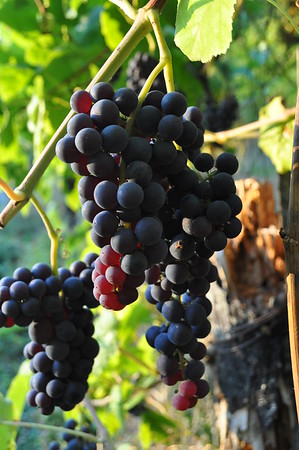
Grapes are very easy to grow and maintain and never fail to produce abundant crops. This table grape is seedless and dark purple with small to medium sized fruits in nicely shaped clusters. This... more->
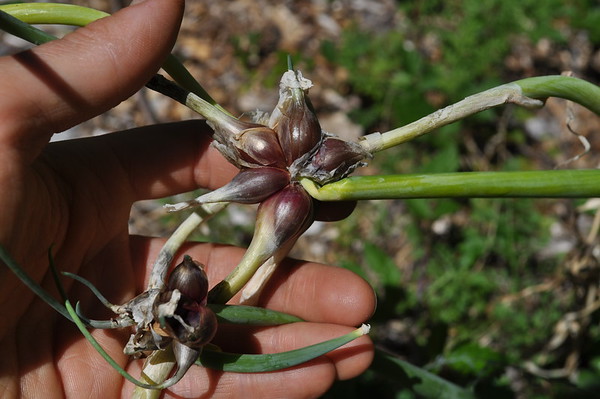
This onion has the funny habit of creating bulbs atop its flowering scapes that grow so big and heavy that the stems bend down and plant the bulblets in the soil about a foot away from the mother... more->

With beautiful blue flowers clustered atop two foot tall stalks, hound's tongue is named for the shape and texture of the leaves that form a rosette at the base of the plant. It's native to the... more->
While you can find dozens of varieties of mint for your garden, we focus on cultivating peppermint because it is the best mint for soothing upset stomachs, relieving headaches, and cooling... more->